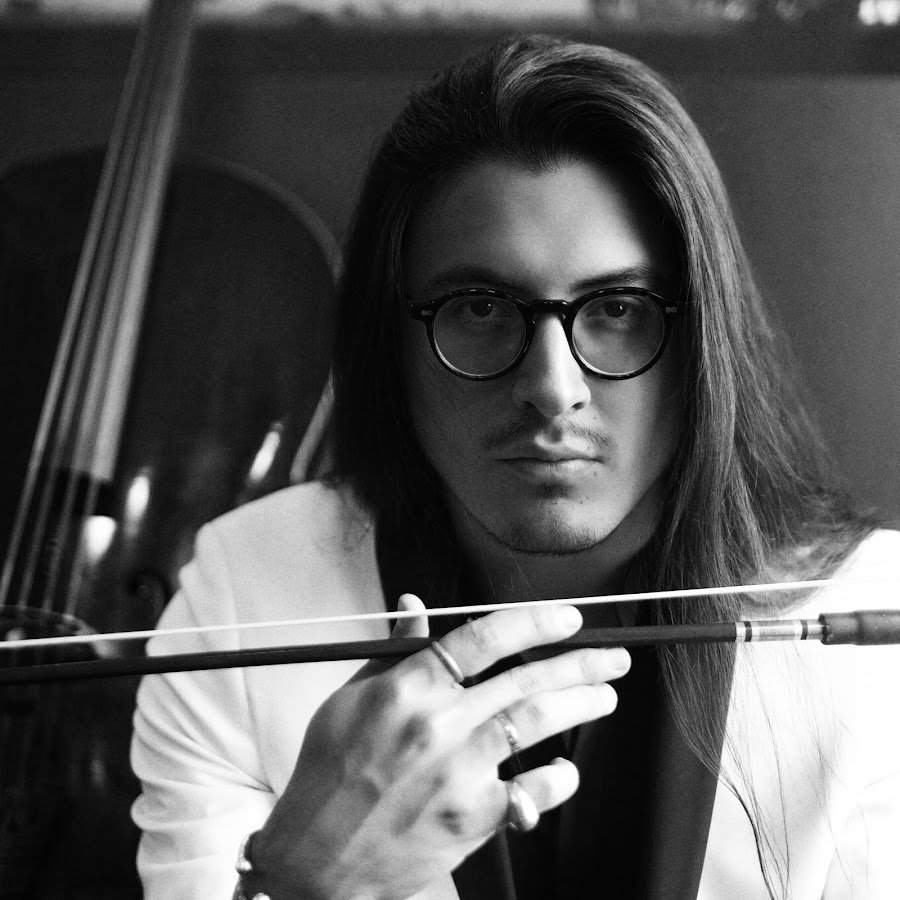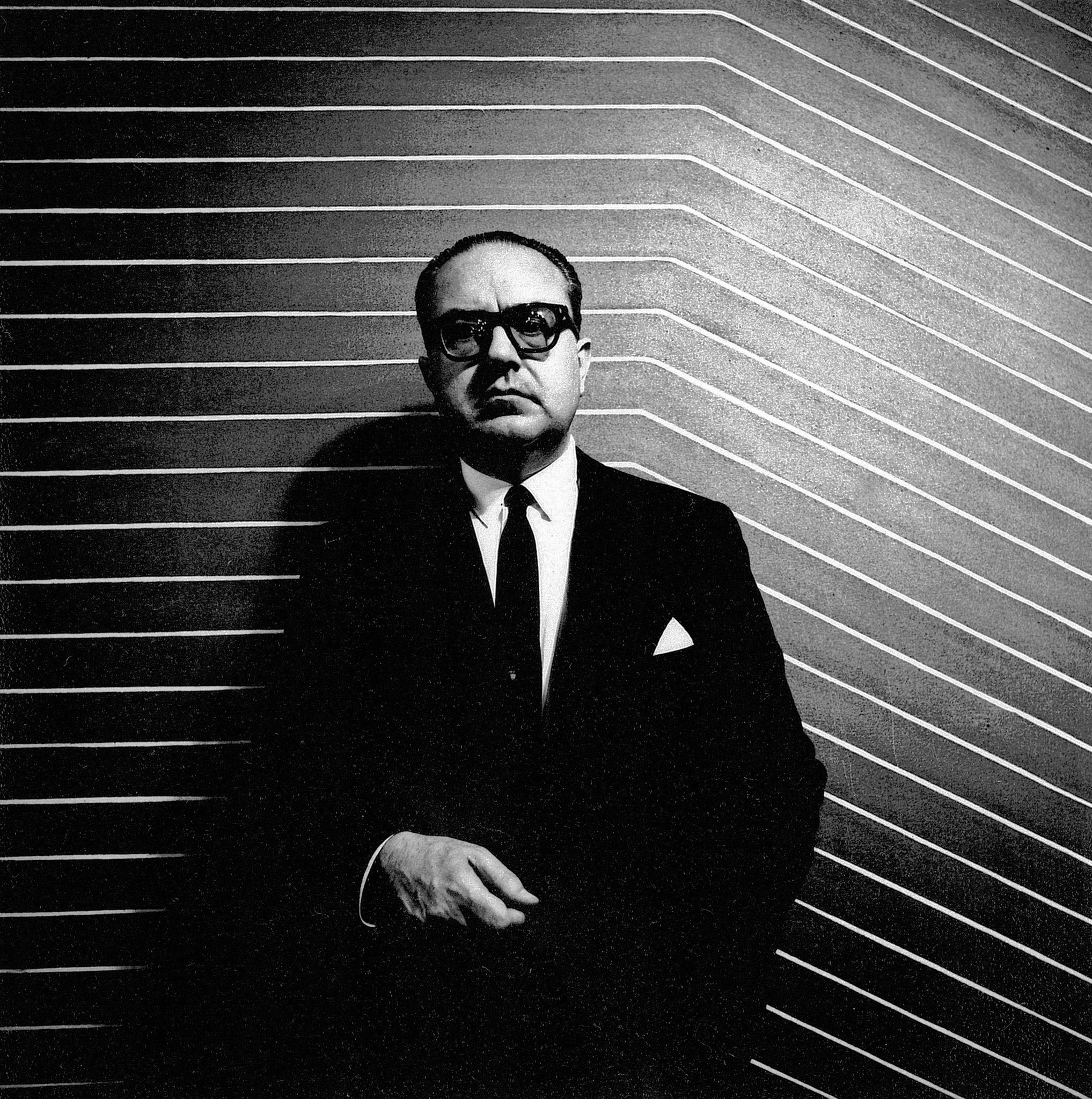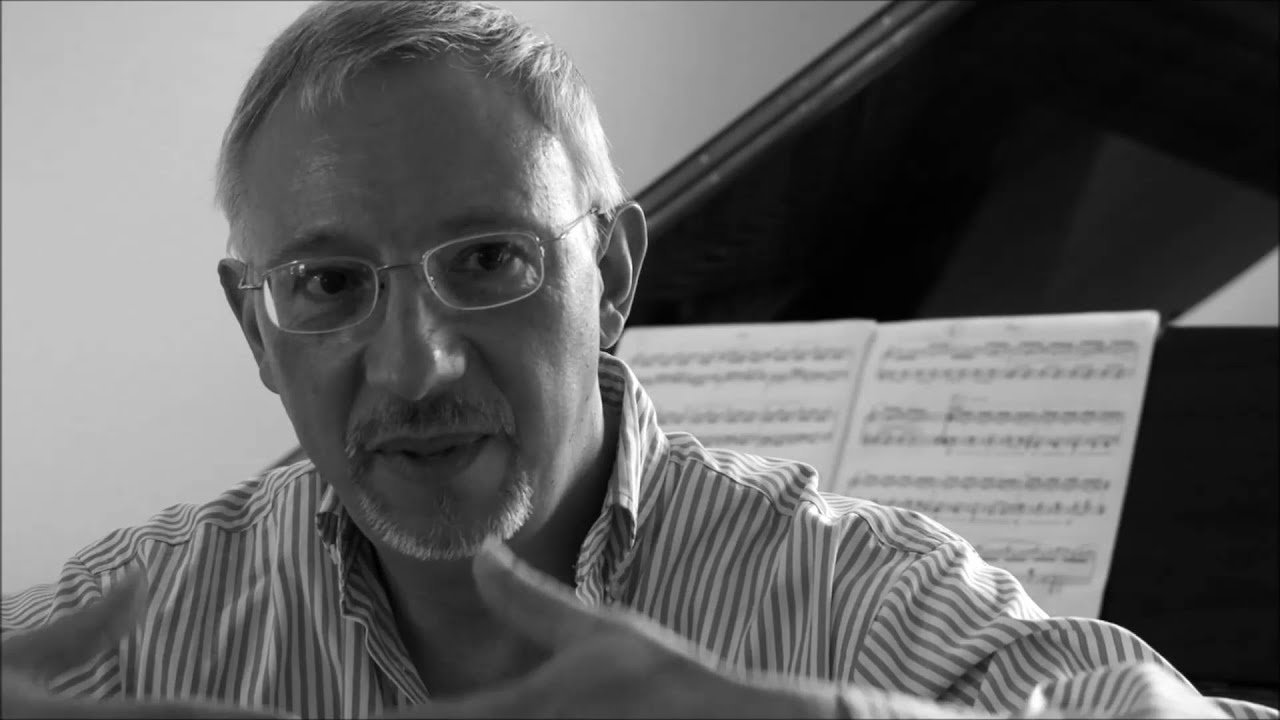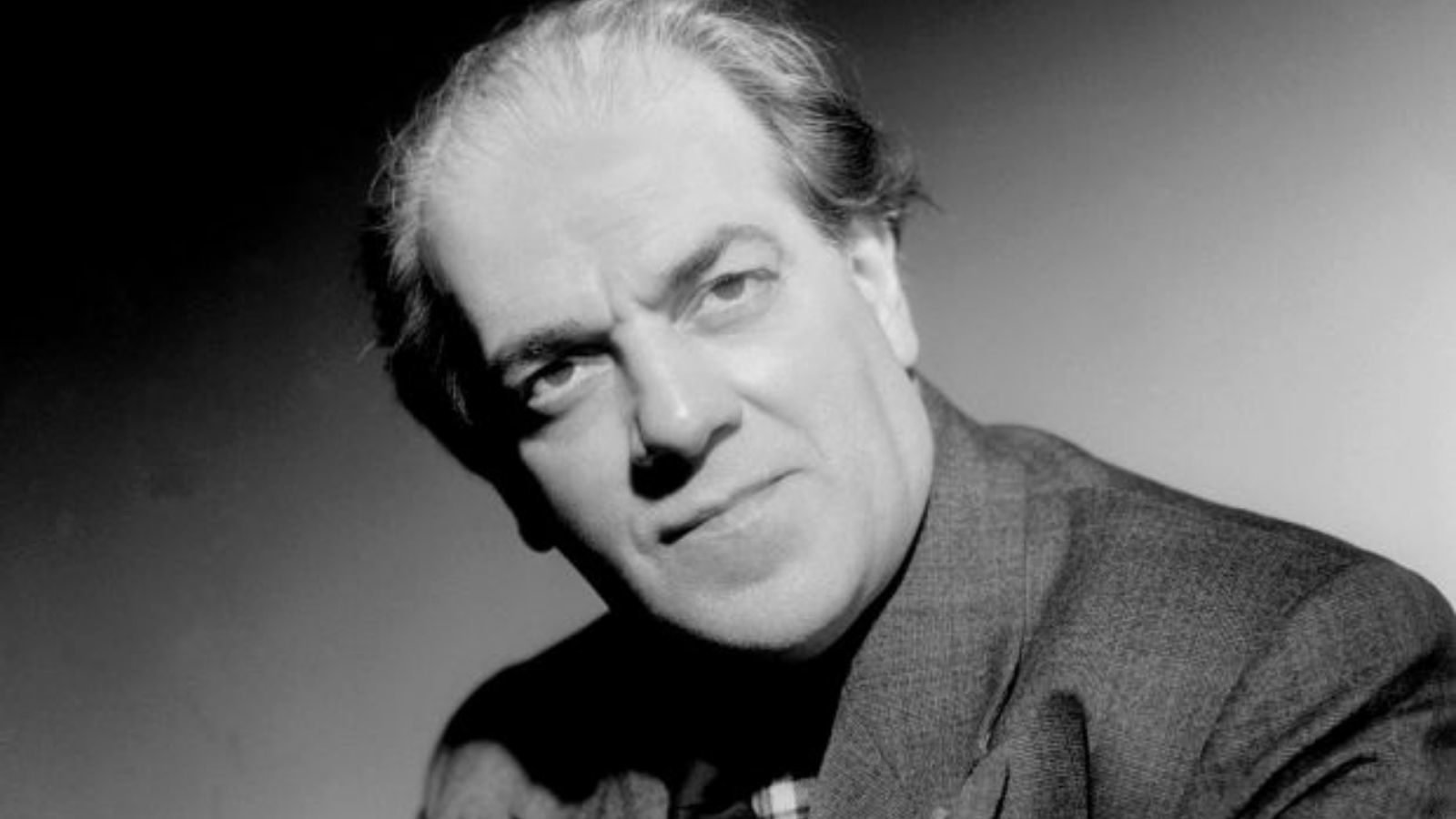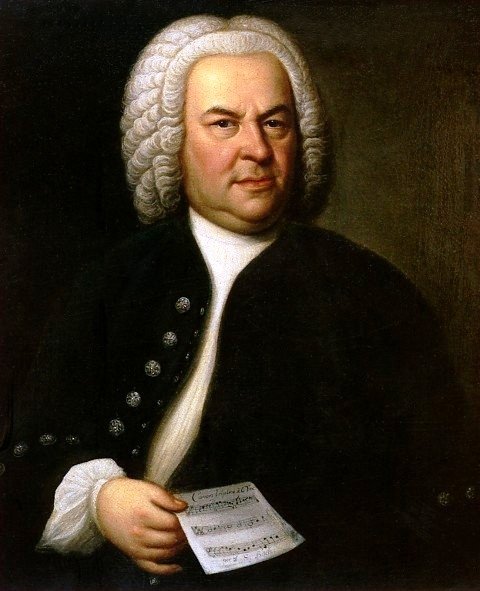One of the rising stars of our generation, award-winning cellist Santiago Cañón-Valencia performs with Agarita for a diverse program inspired by his Colombian roots and his experiences as a painter and photographer.
Program
Luigi Boccherini | String Quintet in D Minor, G. 293, op. 20 no. 5 | Allegro assai
Alberto Ginastera | Danza de la Moza Donosa
Miguel del Aguila | Barroqueada for Piano Trio | Samba Corrente
Santiago Cañón-Valencia | Ascenso Hacia lo Profundo
Heitor Villa-Lobos | String Quartet No. 1 | Cantilena | Brincadeira
Osvaldo Golijov | The Dreams and Prayers of Isaac the Blind | K’vakarat
François Couperin | Les Barricades Mystérieuses
Alexandre Tansman | Suite-Divertissement | Sarabande | Scherzino | Finale
J.S. Bach | Chaconne in D minor (arr. Anne Dudley)
Santiago Cañón-Valencia Cello
Colombian cellist Santiago Cañón-Valencia is a prolific soloist, composer, commissioner, recording artist, painter and photographer described as "technically flawless… totally under the skin of the composers’ idioms" (The Strad). A 2022 BBC New Generation Artist, Cañón-Valencia was born in Bogotá in 1995 and made his orchestral debut as a soloist when he was six years old with the Orquesta Filarmónica de Bogotá, blossoming into an accomplished musician praised as “an artist from whom sound and texture flow with ease and authenticity” (The Whole Note) and “one of the most promising young cellists” (Forbes Colombia).
Among his many accolades, Cañón-Valencia was Silver Medalist and “Audience Favorite” at the 2019 XVI International Tchaikovsky Competition; recipient of the 2018 Starker Foundation Award; Third Prize honoree at the 2017 Queen Elisabeth International Competition; First Prize winner at the Carlos Prieto International Cello Competition, Beijing International Music Competition, Gisborne International Music Competition, and Lennox International Young Artists Competition; and a major prize-winner of the Sphinx, Casals, Johansen, Cassadó, and Adam Competitions.
Cañón-Valencia’s international solo career has taken him around the world to perform with such orchestras as the Mariinsky Orchestra with Valery Gergiev, Frankfurt Radio Orchestra with Christoph Eschenbach, Brussels Philharmonic with Stephane Deneve, SWR Symphonieorchester with Andris Poga, Saint Petersburg Philharmonic Orchestra with Nikolai Alexeev, Orpheus Chamber Orchestra, Antwerp Symphony with Muhai Tang and Moscow Soloists Chamber Orchestra with Yuri Bashmet, as well as all of the major orchestras in his native Colombia.
Upcoming highlights include performances throughout Europe, including his debut at London’s Wigmore Hall and a recital at St. George’s Bristol with pianist Naoko Sonoda; New Generation Artist Showcase concerts and broadcasts with the BBC Symphony Orchestra with conductor Pierre Bleuse in London and Ireland’s Ulster Orchestra led by Jac Van Steen; a solo recital at Italy’s Teatro Massimo; debuts with the Danish Chamber Orchestra at the Cartagena Festival and the Belgrade Philharmonic; and appearances with the Latvian National Orchestra, Spain’s RTVE Orchestra at Teatro Monumental, and Serbia’s Belgrade Philharmonic.
In the U.S., he appears as Guest Artist at the International Cello Institute in Minnesota, performs recitals at San Diego’s Athenaeum Music & Arts Library and Massachusetts’s Shalin Liu Performance Center, and returns to the Alabama Symphony with frequent collaborator Carlos Izcaray. He will also perform two dates in South Korea at the Seosomun Shrine History Museum in Seoul as part of the Mostly Cello Festival before returning to Colombia for two release concerts celebrating his latest album, Ascenso, at Teatro Metropolitano and Teatro Mayor and a performance with the National Symphony Orchestra of Colombia. In summer 2024, he celebrates the 100th birthday of Janos Starker in events at Lotte Concert Hall with the Seoul Philharmonic in Korea and Suntory’s Blue Rose Hall in Japan.
Passionate about collaboration with living composers, Cañón-Valencia performed the world premiere of Carlos Izcaray’s commissioned cello concerto Stringmaster as the featured soloist with the Alabama Symphony Orchestra. He gave the Colombian premiere of Ginastera’s Cello Concerto No. 2 with the National Symphony Orchestra of Colombia, premiered Jorge Pinzón’s Cello Concerto “Rapsodia a los 4 Elementos” at the Cartagena International Music Festival, and premiered Gulda’s Cello Concerto in Auckland, New Zealand with the Auckland Chamber Orchestra.
As a recording artist, Cañón-Valencia enjoys immersing himself in both known and unknown works, with a particular interest in commissioning new pieces, arranging pieces, and writing his own music. His latest recording Ascenso, released in November 2022 on Sono Luminus, showcases pieces arranged and written by Cañón-Valencia himself, as well as works commissioned and written for him by contemporary Colombian composers. Earlier recordings include Santiago’s debut release Solo, for which The Strad acclaimed him as “technically flawless” and “totally under the skin of the composers’ idioms”; an album with pianist Andrea Lucchesini dedicated to Schubert and Beethoven for the Egea Label; and an album of Russian cello sonatas and popular pieces of the cello repertoire with pianist Katherine Austin for the Atoll label.
Cañón-Valencia’s major musical mentors have been Henryk Zarzycki in Colombia, James Tennant in New Zealand, Andres Diaz in the United States, and Wolfgang Emanuel Schmidt at the Kronberg Academy in Germany. He has been sponsored by the Mayra & Edmundo Esquenazi Scholarship through the Salvi Foundation since 2011.
FEATURING
Brendan Speltz V
iolin
Noted for his “expressive warmth” [Chicago Classical Review] NYC based and Los Angelesborn violinist Brendan Speltz is violinist in the world renowned Escher String Quartet anda seasonal artist at the Chamber Music Society of Lincoln Center. Highlights this year include appearances at the Chamber Music Society of Lincoln Center, the Aspen MusicFestival, the Santa Fe Chamber Music Festival, the Savannah Music Festival, and Wigmor Hall, among others. He’s also toured with groundbreaking ensembles such as A Far Cry,Ethel, the Harlem Quartet, Shuffle Concert, and the Manhattan Chamber Players, and withmembers of the Guarneri, Juilliard, Orion, and Dover Quartets. An avid believer in the power of classical music to reach young adults, Speltz has produced innovative concert events across the U.S. and Canada which have been described by The New Yorker as “Thrilling, poignant, unexpected, and utterly DIY.” Recent productions include curating the closing concert experience of the prestigious Chamber Fest Ottawa in 2018 and before that co-creating a cross-disciplinary presentation of Steve Reich’s Different Trains with aerial dance troupe ABCirque which was sponsored by Meyer Sound Labs in Brooklyn. In NYC he has performed as guest with the New York New Music Ensemble, Mark Morris Dance Group, American Ballet Theatre, The American Symphony, and Orchestra of St. Luke. He received his bachelor’s degree from the University of Southern California with Los Angeles Concertmaster Margaret Batjer and his Master’s degree from the Manhattan School of Music with Laurie Smukler. He plays a 1925 Carl Becker violin.
Program Notes
Italian composer and virtuoso cellist Luigi Boccherini composed over 100 string quintets, which featured the unusual instrumentation of two cellos instead of two violas. Don Luis, brother of King Charles III of Spain and a musician himself, hired Boccherini as a court composer and additional performer – hence Boccherini’s productions of many, many string quintets for this unique instrumentation. The String Quintet in D minor (G. 293, op. 20 no. 5) on tonight’s program, in the same key as the last work of the concert, is more led by dramatic energy, inquisitive transitions, and tense anticipation than singable melodies. With only a brief relaxation into a relieving major key, the work is testament to the powerful drama of the Baroque era, and a bit of a teaser for the weightier, monumental Chaconne that will close the program.
For many Argentinian composers in the 20th century, folk songs and dance music were the most popular forms of expression. For Alberto Ginastera, these elements are especially present in his early period of composition, which he named ‘Objective Nationalism.’ ‘Nationalism’ for the way traditional works of his own country inspired his musical output, and ‘Objective’ for the direct and clear way these allusions are presented. Danza de la Moza Donosa (Dance of the Beautiful Maiden) is the tender second movement from Ginastera’s Danzas Argentinas (Argentine Dances). A guitar-like accompaniment establishes a steady rhythm over which a sorrowful melody cries with vulnerable dissonance. Originally for solo piano, the piece was gorgeously transcribed by pianist Juan Pérez Floristán for piano trio, and we are grateful to be able to perform the arrangement on this program.
Born in Montevideo, Uruguay, composer Miguel del Aguila fled his country at the age of 21 to pursue a musical career in the United States, where has maintained an illustrious career for over four decades. His music often incorporates his Latin American roots, and in his work Barroqueda that stylistic blend is most apparent. A set of eight dances based mostly on Baroque dance forms, the trio is a compelling argument for Latin American music’s place in the dance tradition. On the program tonight, the movement Samba Corrente from that trio is a movement of perpetual motion, as many Baroque ‘Corrente’s’ are – a constant samba pattern in the piano part creates a rhythm bed for incessant repeated patterns in the strings. Not as much about melody as it is about the sheer joy of the rhythm, this movement is immediately infectious and has no respite. About the entire suite, Aguila writes:
The almost 400 year old Baroque Suite stands as an example of how classical music was able to integrate music from different cultures, social classes, ethnicities and styles into one coherent work. Popular dances of humble folk origins became with time fashionable aristocratic dances and finally an instrumental genre that enriched the classical music tradition to later stifle and fall out of fashion. Just as it happened with the Baroque suite before being revived by scholars as an historical genre, our society and classical music traditions stifles when we stop incorporating new idioms and cultural expressions into the main stream of American contemporary music. Musically, the texture is always thin often making rhythm the most important part of the music.
Our guest artist Santiago Cañón-Valencia is not only a world-class interpreter of existing works, but also a composer. About his own work Ascenso Hacia lo Profundo (Ascent towards the depths), he writes: “When writing Ascenso Hacia lo Profundo I wanted to ditch the stereotype of the cello being merely a melodic instrument and explore the idea of making something that felt more complete and immersive. Borrowing inspiration from very contrasting genres of music both close and far from the classical spectrum, this is a piece that focuses on soundscapes, patterns, rhythm and colors in order to create a sonic journey for the listener.”
Heitor Villa-Lobos wrote a grand total of 17 string quartets, one more than Beethoven, and they demonstrate the full range of the composer’s expressivity, stylistic variety, and technical mastery. They were clearly a favorite genre for Villa-Lobos, and his String Quartet no. 1 speaks to the composer’s ability to synthesize Latin American folk elements within a structured, classical form. Revised 30 years after the original composition year of 1915, the work contains an unusually large number of movements (six) that are mostly fleeting in duration. The opening movement “Cantilena” is a rich, contemplative, lyrical song reminiscent of Claude Debussy’s String Quartet in its lush, impressionistic harmonies. The second, highly contrasting movement “Bringcadeira” (Joke), features pizzicato (plucking) from the strings and a vibrant, playful energy.
Born in 1960, Oswaldo Golijov is an Argentine composer who frequently blends elements of classical music with his own Latin American folk idioms, including elements of tango. However, as you will find in this third movement from his larger work Dreams and Prayers of Isaac the Blind, he is also profoundly interested in the Jewish liturgical and klezmer music traditions that he grew up listening to. Originally for clarinet and string quartet (clarinet is the quintessential klezmer instrument), guest artist Santiago Cañón-Valencia has gotten his hands on a sensitive arrangement that replaces the clarinet with another cello. About his own work, Oswaldo Golijov writes:
I have this image of my great-grandfather, who shared my bedroom when I was seven. I’d wake up and see him by the window, praying with his phylacteries in the early light. I think of him always praying, or fixing things, his pockets full of screws. I remember thinking, three of his children are dead; how does he still pray? Why does he still fix things? But we were taught that God had assigned that task of repairing the world to the Jewish people – Tikkun Olam. Incomprehensible. About eight hundred years ago, Isaac the Blind - who was the greatest Kabbalist rabbi of Provence – dictated a manuscript saying that everything in the universe, all things and events, are products of combinations of the Hebrew alphabet’s letters. The Dreams and Prayers of Isaac the Blind is a kind of epic, a history of Judaism. It has Abraham, exile, and redemption. The movements sound like they are in three of the languages spoken in almost 6,000 years of Jewish history: the first in Aramaic; the second in Yiddish; and the third in Hebrew. I never wrote it with this idea in mind, and only understood it when the work was finished. But while I was composing the second movement, for example, my father would sit out on the deck with the newspaper, the sports pages, and every once in a while he would shout, "There you go! Another Yiddish chord!"
Francois Couperin was one of the great French Baroque composers, an esteemed harpsichordist and organist whose book L’art de toucher le clavecin (“The Art of Harpsichord Playing”) is famous for its details about suggested fingerings, touch, ornamentation and other important technical aspects of playing the keyboard. Couperin’s volumes of keyboard music are overwhelming and incredibly varied, full of personality and expressivity. This program offers a humble yet very well-known piece from the Sixiéme Ordre of his Pièces pour Clavecin: Les Barricades Mystérieuses. There is much conjecture on the meaning of this title. Some consider “the mysterious barricade” to be a veil or eyelashes or a mask; others believe it to be a hidden reference to freemasonry. For me, mystérieuses is the more useful word, as the music itself seems in constant flux, circling round and round in harmonic sequences as the different voices chase each other within the texture. The circling nature of the music leaves the listener captive to a constant flow of notes and harmonies that are as beautiful as they are ephemeral. As bustling as the music sounds, there is a simplicity and inevitability to its expression that is mesmerizing.
There were countless promising European composers whose careers and livelihoods were endangered by World War II, and Alexandre Tansman, a Polish composer of Jewish origin, was one of them. Before the war, he was part of the circle of Parisian composers and musicians that included Maurice Ravel and Igor Stravinsky. His music, including the Piano Quartet on tonight’s program, is filled with Neoclassical elements that recall older, traditional forms and idioms but challenge the listener with dissonant harmonies and unusual techniques. This quartet offers a wide range of musical scenes, from a sweet, slow Sarabande (a dance form from the Baroque Era) to a quirky little polka (Scherzino), and perpetually driving Finale. Unusual techniques for the string instruments, such as frequent pizzicato (plucking) and eerie harmonics, give the quartet an unsettling aesthetic on top of its already surprising harmonies.
The Chaconne from J.S. Bach’s Partita No. 2 in D minor is one of the most famous works in classical music literature, and it deserves every bit of its acclaim and longevity. Structurally, a chaconne features a repeated bass pattern that generates a cyclic harmonic progression, over which a melody and other material develop. One of the many incredible things about this particular chaconne is that it was intended for a single instrument, the violin. That means the repeating bass, the chords that support that bass, and melodic material on top of that all need to be considered and sensitively performed by that single violinist. As Johannes Brahms wrote to Clara Schumann about the work, “On one stave, for a small instrument, the man writes a whole world of deepest thoughts and most powerful feelings.” The chaconne has a dramatic shift in key from minor to major midway through the work, which changes the emotional environment from one of incredible drama and tension toward one of acceptance and bittersweetness. This program’s Piano Trio arrangement of the chaconne, written by the critically acclaimed British composer Anne Dudley, is masterful in its ability to capture the intense struggle and drama of the Chaconne, heightened climatic moments with highly appropriate changes in dynamics, texture, and sweep. It is not at all easy to produce an arrangement of such a staple from the Baroque Era that supports the emotional drama of such a work without cheapening it – Dudley’s arrangement does incredible justice to Bach’s vision.

